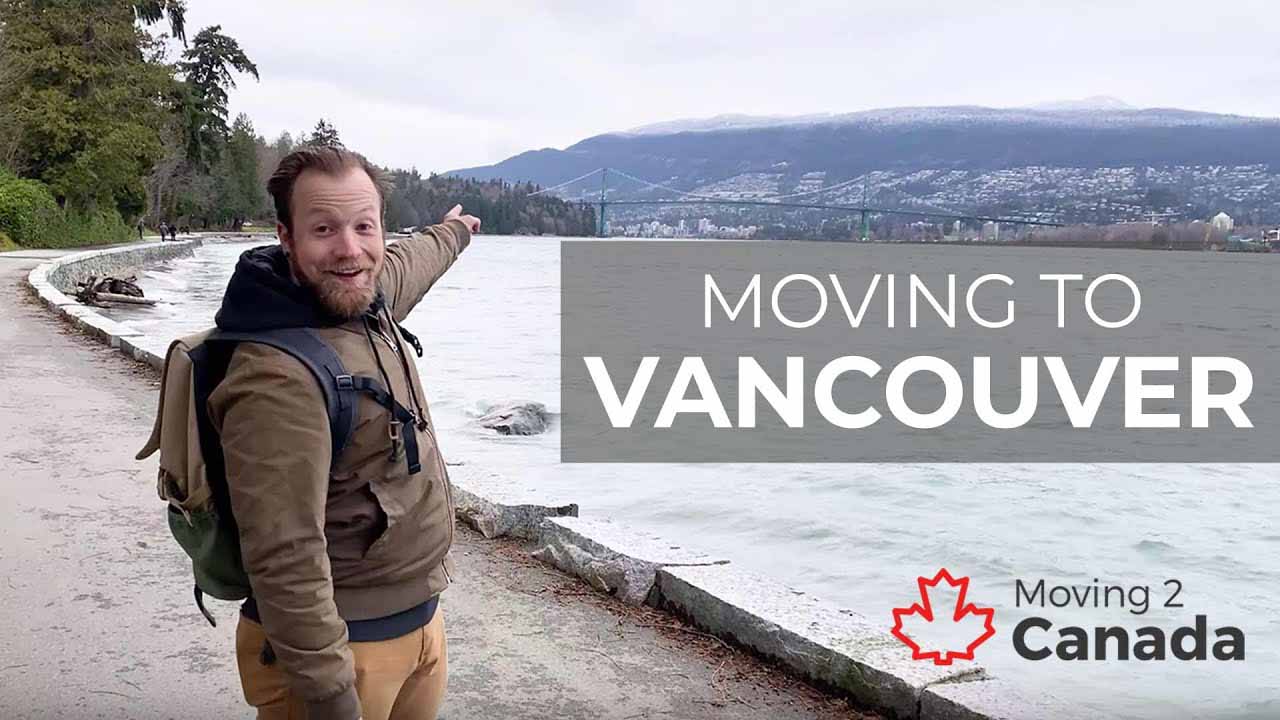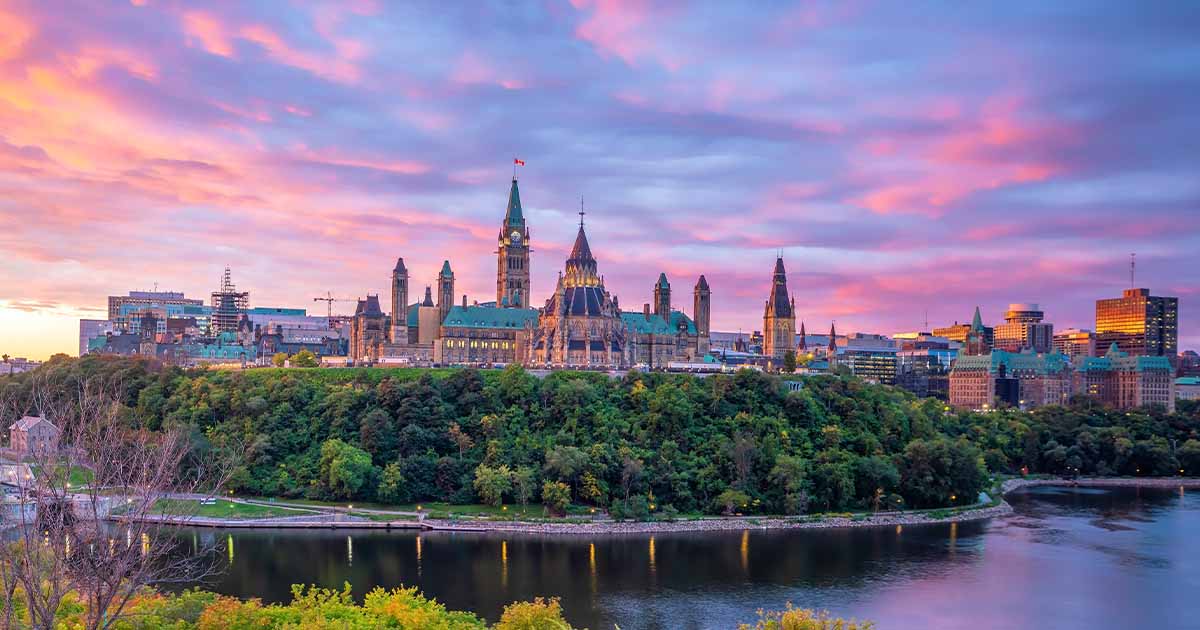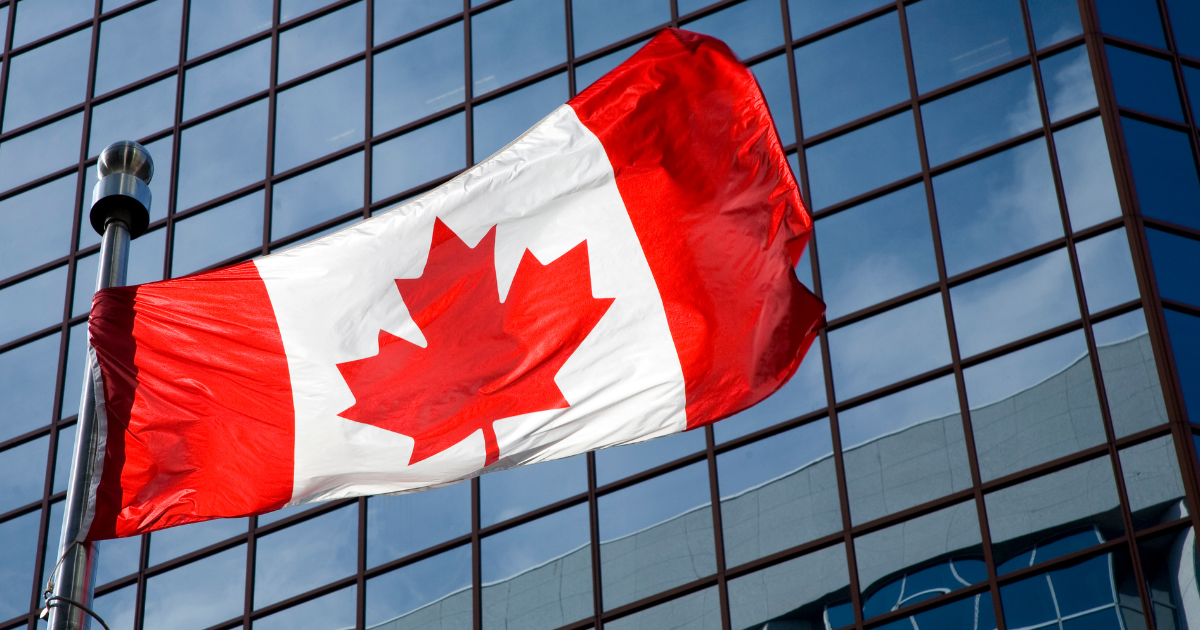Get immigration help you can trust.
Find the best immigration programs for you
Advertisement
Many citizens from countries around the world cherish the idea of retiring in Canada. They think of the varied seasons, the affordability, and the wide-open spaces and start to daydream about a more enjoyable retirement.
However, planning your retirement in Canada requires more than just showing up at the border and expecting to be let in. Today, we’ll walk you through the most important steps you need to take as you plan your Canadian retirement, including immigration considerations, taxes, healthcare, and more.
Visiting vs Immigrating
Depending on your situation and where you hold citizenship, the easiest route for many foreign retirees is often to live in Canada part-time. This allows you to skip the complex immigration process that’s required for all permanent residents and holders of work or study permits.
Foreign nationals living temporarily in Canada are still able to buy property, participate freely in community life, and enjoy many of the benefits of living in Canada, for up to 6 months at a time.
Citizens of many countries can enter Canada using a simple Electronic Travel Authorization (eTA), which allows them to stay up to 6 months at a time as a visitor.
You can check this table to see whether or not your country requires a visa:
Does your country require a visa?
| Country | Visa exempt or required? |
|---|---|
| Afghanistan | Required |
| Albania | Required |
| Algeria | Required |
| Andorra | Exempt |
| Angola | Required |
| Anguilla | Exempt |
| Antigua & Barbuda | Required |
| Argentina | Required |
| Armenia | Required |
| Australia | Exempt |
| Austria | Exempt |
| Azerbaijan | Required |
| Bahamas | Exempt |
| Bahrain | Required |
| Bangladesh | Required |
| Barbados | Exempt |
| Belarus | Required |
| Belgium | Exempt |
| Belize | Required |
| Benin | Required |
| Bermuda | Exempt |
| Bhutan | Required |
| Bolivia | Required |
| Bosnia-Herzegovina | Required |
| Botswana | Required |
| Brazil | Required |
| Brunei | Exempt |
| Bulgaria | Exempt |
| Burkina Faso | Required |
| Burundi | Required |
| Cambodia | Required |
| Cameroon | Required |
| Cape Verde | Required |
| Central African Republic | Required |
| Chad | Required |
| Chile | Exempt |
| China | Required |
| Colombia | Required |
| Comoros | Required |
| Congo, Democratic Republic | Required |
| Congo, Republic of | Required |
| Costa Rica | Required |
| Croatia | Exempt |
| Cuba | Required |
| Cyprus | Exempt |
| Czech Republic | Exempt |
| Denmark | Exempt |
| Djibouti | Required |
| Dominica | Required |
| Dominican Republic | Required |
| Ecuador | Required |
| Egypt | Required |
| El Salvador | Required |
| Equatorial Guinea | Required |
| Eritrea | Required |
| Estonia | Exempt |
| Ethiopia | Required |
| Fiji | Required |
| Finland | Exempt |
| France | Exempt |
| Gabon | Required |
| Gambia | Required |
| Georgia | Required |
| Germany | Exempt |
| Ghana | Required |
| Greece | Exempt |
| Grenada | Required |
| Guatemala | Required |
| Guinea | Required |
| Guyana | Required |
| Haiti | Required |
| Honduras | Required |
| Hungary | Exempt |
| Iceland | Exempt |
| India | Required |
| Indonesia | Required |
| Iran | Required |
| Iraq | Required |
| Ireland | Exempt |
| Israel (passport holders) | Exempt |
| Israel (holders of travel document in lieu of passport) | Required |
| Italy | Exempt |
| Ivory Coast | Required |
| Jamaica | Required |
| Japan | Exempt |
| Jordan | Required |
| Kazakhstan | Required |
| Kenya | Required |
| Kiribati | Required |
| Korea, North | Required |
| Korea, South | Exempt |
| Kosovo | Required |
| Kuwait | Required |
| Kyrgyzstan | Required |
| Laos | Required |
| Latvia | Exempt |
| Lebanon | Required |
| Lesotho | Required |
| Liberia | Required |
| Libya | Required |
| Liechtenstein | Exempt |
| Lithuania | Exempt |
| Luxembourg | Exempt |
| Macao | Required |
| Macedonia | Required |
| Madagascar | Required |
| Malawi | Required |
| Malaysia | Required |
| Maldives | Required |
| Mali | Required |
| Malta | Exempt |
| Mauritania | Required |
| Mauritius | Required |
| Mexico | Exempt |
| Moldova | Required |
| Monaco | Exempt |
| Mongolia | Required |
| Montenegro | Required |
| Morocco | Required |
| Mozambique | Required |
| Myanmar | Required |
| Namibia | Required |
| Nepal | Required |
| Netherlands | Exempt |
| New Zealand | Exempt |
| Nicaragua | Required |
| Niger | Required |
| Nigeria | Required |
| Norway | Exempt |
| Oman | Required |
| Pakistan | Required |
| Palau | Required |
| Panama | Required |
| Paraguay | Required |
| Peru | Required |
| Philippines | Required |
| Poland | Exempt |
| Portugal | Exempt |
| Qatar | Required |
| Romania | Exempt |
| Russia | Required |
| Rwanda | Required |
| San Marino | Exempt |
| Sao Tome e Principe | Required |
| Saudi Arabia | Required |
| Senegal | Required |
| Serbia | Required |
| Seychelles | Required |
| Sierra Leone | Required |
| Singapore | Exempt |
| Slovakia | Exempt |
| Slovenia | Exempt |
| Somalia | Required |
| South Africa | Required |
| Spain | Exempt |
| Sri Lanka | Required |
| St. Kitts & Nevis | Required |
| Sudan | Required |
| Surinam | Required |
| Swaziland | Required |
| Sweden | Exempt |
| Switzerland | Exempt |
| Syria | Required |
| Taiwan | Exempt |
| Tajikistan | Required |
| Tanzania | Required |
| Thailand | Required |
| Togo | Required |
| Tonga | Required |
| Trinidad and Tobago | Required |
| Tunisia | Required |
| Turkey | Required |
| Turkmenistan | Required |
| Turks and Caicos | Exempt |
| Tuvalu | Required |
| Uganda | Required |
| Ukraine | Required |
| United Arab Emirates | Required |
| United Kingdom | Exempt |
| United States of America | Exempt |
| Uruguay | Required |
| Uzbekistan | Required |
| Vanuatu | Required |
| Venezuela | Required |
| Vietnam | Required |
| Yemen | Required |
| Zambia | Required |
| Zimbabwe | Required |
All you have to do before booking your flights is apply for your eTA, which only costs $7 CAD and can be done quickly using the simple online form.
Although many people from these countries are approved quickly, there may be extenuating circumstances that complicate your entry into Canada. One example of a situation that may prevent you from being admitted to Canada is criminal inadmissibility. Depending on the severity of the charge(s) and when you were convicted, you may be able to appeal your criminal inadmissibility to Canada and successfully obtain entry.
Applying for a visa to enter Canada
While some countries only require a simple eTA to enter Canada, many others require a full visa to visit. This means that you will need to apply for a visitor visa in advance and provide supporting documentation that validates your identity, length of stay, and ability to support yourself while in Canada.
You can check this table to see whether or not your country requires a visa:
Does your country require a visa?
| Country | Visa exempt or required? |
|---|---|
| Afghanistan | Required |
| Albania | Required |
| Algeria | Required |
| Andorra | Exempt |
| Angola | Required |
| Anguilla | Exempt |
| Antigua & Barbuda | Required |
| Argentina | Required |
| Armenia | Required |
| Australia | Exempt |
| Austria | Exempt |
| Azerbaijan | Required |
| Bahamas | Exempt |
| Bahrain | Required |
| Bangladesh | Required |
| Barbados | Exempt |
| Belarus | Required |
| Belgium | Exempt |
| Belize | Required |
| Benin | Required |
| Bermuda | Exempt |
| Bhutan | Required |
| Bolivia | Required |
| Bosnia-Herzegovina | Required |
| Botswana | Required |
| Brazil | Required |
| Brunei | Exempt |
| Bulgaria | Exempt |
| Burkina Faso | Required |
| Burundi | Required |
| Cambodia | Required |
| Cameroon | Required |
| Cape Verde | Required |
| Central African Republic | Required |
| Chad | Required |
| Chile | Exempt |
| China | Required |
| Colombia | Required |
| Comoros | Required |
| Congo, Democratic Republic | Required |
| Congo, Republic of | Required |
| Costa Rica | Required |
| Croatia | Exempt |
| Cuba | Required |
| Cyprus | Exempt |
| Czech Republic | Exempt |
| Denmark | Exempt |
| Djibouti | Required |
| Dominica | Required |
| Dominican Republic | Required |
| Ecuador | Required |
| Egypt | Required |
| El Salvador | Required |
| Equatorial Guinea | Required |
| Eritrea | Required |
| Estonia | Exempt |
| Ethiopia | Required |
| Fiji | Required |
| Finland | Exempt |
| France | Exempt |
| Gabon | Required |
| Gambia | Required |
| Georgia | Required |
| Germany | Exempt |
| Ghana | Required |
| Greece | Exempt |
| Grenada | Required |
| Guatemala | Required |
| Guinea | Required |
| Guyana | Required |
| Haiti | Required |
| Honduras | Required |
| Hungary | Exempt |
| Iceland | Exempt |
| India | Required |
| Indonesia | Required |
| Iran | Required |
| Iraq | Required |
| Ireland | Exempt |
| Israel (passport holders) | Exempt |
| Israel (holders of travel document in lieu of passport) | Required |
| Italy | Exempt |
| Ivory Coast | Required |
| Jamaica | Required |
| Japan | Exempt |
| Jordan | Required |
| Kazakhstan | Required |
| Kenya | Required |
| Kiribati | Required |
| Korea, North | Required |
| Korea, South | Exempt |
| Kosovo | Required |
| Kuwait | Required |
| Kyrgyzstan | Required |
| Laos | Required |
| Latvia | Exempt |
| Lebanon | Required |
| Lesotho | Required |
| Liberia | Required |
| Libya | Required |
| Liechtenstein | Exempt |
| Lithuania | Exempt |
| Luxembourg | Exempt |
| Macao | Required |
| Macedonia | Required |
| Madagascar | Required |
| Malawi | Required |
| Malaysia | Required |
| Maldives | Required |
| Mali | Required |
| Malta | Exempt |
| Mauritania | Required |
| Mauritius | Required |
| Mexico | Exempt |
| Moldova | Required |
| Monaco | Exempt |
| Mongolia | Required |
| Montenegro | Required |
| Morocco | Required |
| Mozambique | Required |
| Myanmar | Required |
| Namibia | Required |
| Nepal | Required |
| Netherlands | Exempt |
| New Zealand | Exempt |
| Nicaragua | Required |
| Niger | Required |
| Nigeria | Required |
| Norway | Exempt |
| Oman | Required |
| Pakistan | Required |
| Palau | Required |
| Panama | Required |
| Paraguay | Required |
| Peru | Required |
| Philippines | Required |
| Poland | Exempt |
| Portugal | Exempt |
| Qatar | Required |
| Romania | Exempt |
| Russia | Required |
| Rwanda | Required |
| San Marino | Exempt |
| Sao Tome e Principe | Required |
| Saudi Arabia | Required |
| Senegal | Required |
| Serbia | Required |
| Seychelles | Required |
| Sierra Leone | Required |
| Singapore | Exempt |
| Slovakia | Exempt |
| Slovenia | Exempt |
| Somalia | Required |
| South Africa | Required |
| Spain | Exempt |
| Sri Lanka | Required |
| St. Kitts & Nevis | Required |
| Sudan | Required |
| Surinam | Required |
| Swaziland | Required |
| Sweden | Exempt |
| Switzerland | Exempt |
| Syria | Required |
| Taiwan | Exempt |
| Tajikistan | Required |
| Tanzania | Required |
| Thailand | Required |
| Togo | Required |
| Tonga | Required |
| Trinidad and Tobago | Required |
| Tunisia | Required |
| Turkey | Required |
| Turkmenistan | Required |
| Turks and Caicos | Exempt |
| Tuvalu | Required |
| Uganda | Required |
| Ukraine | Required |
| United Arab Emirates | Required |
| United Kingdom | Exempt |
| United States of America | Exempt |
| Uruguay | Required |
| Uzbekistan | Required |
| Vanuatu | Required |
| Venezuela | Required |
| Vietnam | Required |
| Yemen | Required |
| Zambia | Required |
| Zimbabwe | Required |
These visitor visas must be obtained before every visit and typically cost $100 CAD per application. Each visa is usually valid for a stay of up to 6 months, however, a border services officer may restrict the length of your visa as you enter Canada at their discretion.
This uncertainty and the length of time it takes to apply for visas may prevent some citizens from visa-required countries from considering the approach of simply living in Canada temporarily.
Wondering whether you will have to apply for a visa to visit Canada? Use this handy tool from the Government of Canada to find out.
Decide which immigration route to take
Many people who want to make Canada their permanent home during retirement apply for entry as an immigrant. However, unless you already have close family in the country, this could be difficult. Even if you have marketable skills, age is a big eligibility factor in most skilled worker immigration programs, which makes older applicants less likely to qualify.
If you’re still interested in learning more about the possibility of permanent residency in Canada, check out our guide breaking down the basics of Canada’s immigration options.
Accessing healthcare during your retirement in Canada
Canada is well-known for its publicly-funded system of universal healthcare. This system has created a robust network of hospitals, clinics, specialists, and doctor’s offices across the country. However, free access requires a certain immigration status – it isn’t just about living in Canada.
If you want to ensure free access to Canada’s universal healthcare during your retirement, you’ll need to have immigrated to the country legally. All permanent residents have access to the publicly-funded healthcare system. Certain international students and foreign workers also have access, although this depends on a temporary resident’s immigration status and province of residence.
However, just because you have retired to Canada and are living in the country temporarily doesn’t mean you can’t access public healthcare. It just means that you’ll need to pay out of pocket or obtain private medical insurance before doing so.
For comprehensive medical coverage, we always recommend our partner company Cigna. You can get a quick, free quote here.
This coverage is useful even if you are a legal immigrant to Canada. In many provinces, applying for coverage under Canada’s public healthcare system requires a waiting period, during which time you will be responsible for all your medical bills. Having private medical insurance protects you from any of these unexpected expenses.
Paying taxes
One question that many foreign retirees in Canada ask is whether they will have to pay taxes in Canada, even if they’re only living there temporarily. You must be aware that being a resident of Canada has a different meaning for immigration and taxation purposes.
Residency for tax purposes is determined on a case-by-case basis in Canada. However, there are a few key factors to be aware of, including:
- The length of time you were physically present in Canada
- Whether you own any personal property in Canada (like a car or house)
- Your economic ties to Canada, including bank accounts or credit cards
- Personal ties, such as a Canadian spouse or dependents
Don’t be surprised by the residency requirements come tax time. Additionally, Canada has tax treaties with many countries to prevent double taxation, and navigating these can be complex. To prevent costly mistakes, it’s always worth consulting an accountant who has experience working with foreign income or expatriates.
Choosing a place to live as you retire in Canada
Now that you’ve navigated the complexities of taxation, healthcare, and visa and eTA requirements, you can get to the fun stuff: choosing where you want to live!
Depending on whether you want to live in the city, the suburbs, or the country, there are lots of options to choose from in Canada.
Cost of living: The cost of living in Canada varies widely depending on where you choose to live. Generally, cities like Vancouver, Toronto, and Montreal are the most expensive, with less developed areas like those found in the Atlantic provinces, northern Ontario, and throughout the Prairies coming in much cheaper.
Climate: Canada’s climate is well-known for being intensely cold in the winter. However, if you come from another northern-hemisphere country like Russia, Mongolia, or Finland, this may not phase you.
Warm or hot summer days and cold or even freezing winters should be expected in all areas of Canada, and people seeking to retire here should make sure their wardrobe can accommodate all types of weather.
Culture: Since Canada is so vast, there’s a lot to choose from in terms of culture and community. If you love to ski, you should think about settling in Whistler or another popular winter sporting hub. If you prefer the hustle and social options of a larger city, Toronto or Vancouver may be more your speed. If you like life a little quieter, consider a smaller town like Tofino (British Columbia), Baie-Saint-Paul (Quebec), or Elora (Ontario).
Want more help picking out a destination? Check out our destination guides for a more in-depth look at some of Canada’s most popular cities.
Related Content

Educational Credential Assessments for Foreign-Trained Architects: IRCC Announces Changes
Read more
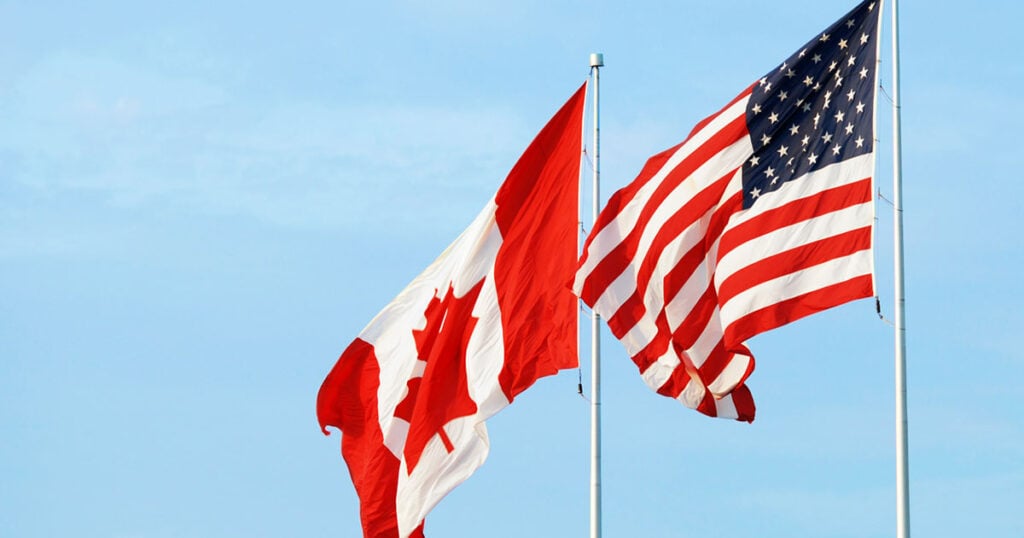
Understanding Canada vs US Healthcare
Read more
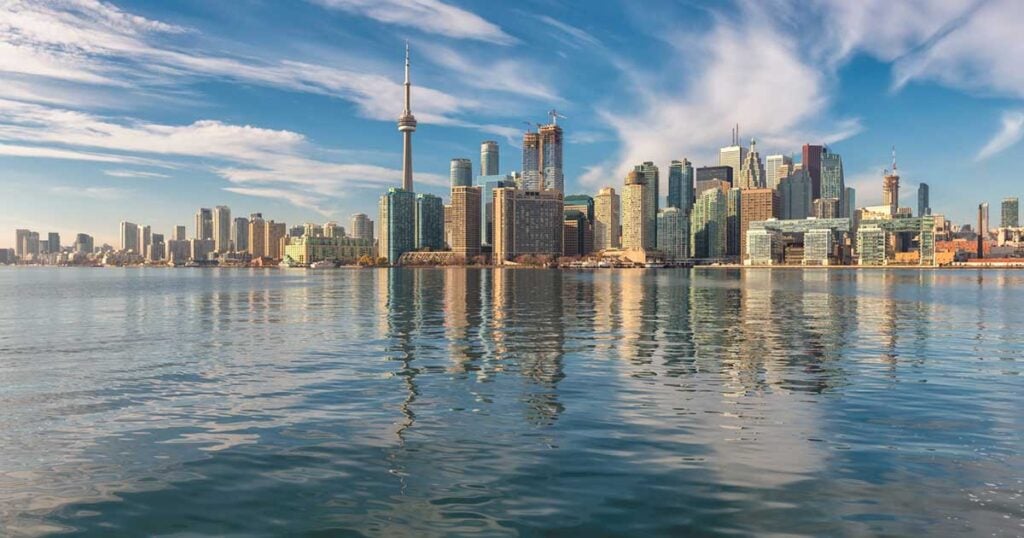
5 Canadian cities ranked among the best in the world
Read more
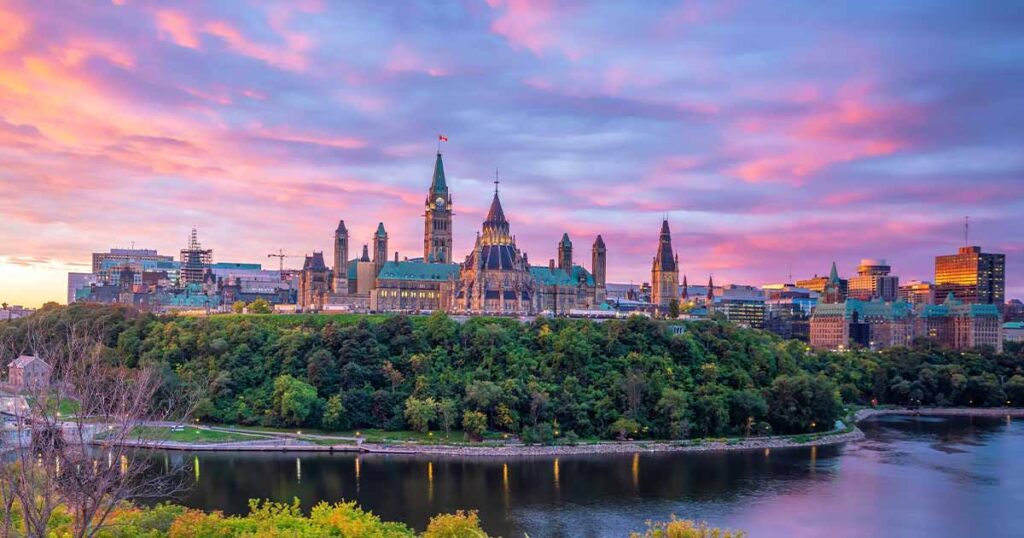
What Newcomers Should Know About Canada’s 2024 Federal Budget
Read more





